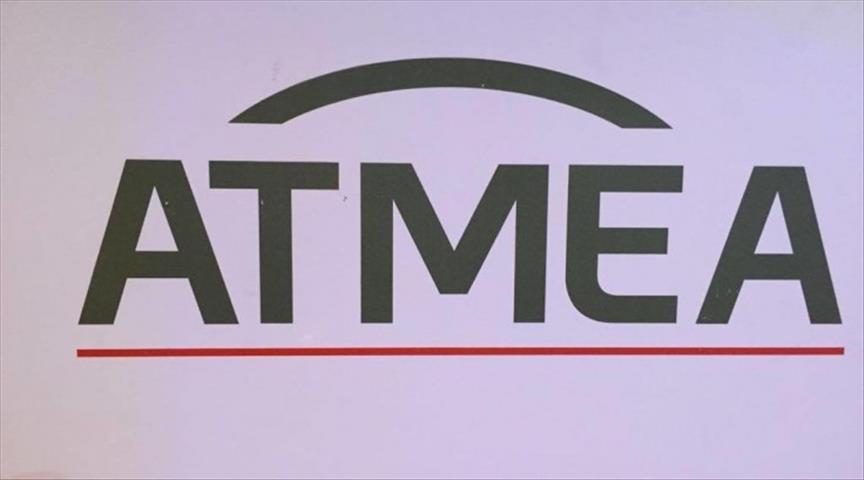The ATMEA1 nuclear reactor developed by French and Japan joint venture company, ATMEA1 Nuclear Technology, is sufficiently safe even in worse case scenarios, Andreas Goebel, CEO of the company said Tuesday.
ATMEA1 Nuclear Technology, headquartered in Paris, develops, markets, licenses and sells the ATMEA1 nuclear reactors.
According to Goebel, the ATMEA1 reactors, developed by joint venture company comprising Japan's Mitsubishi Heavy Industries (MHI) and French Areva, have been designed to resist exceptional events and prevent damage to the environment. In particular there is a dedicated area to confine the corium the so called 'core catcher' in the case of severe accidents.
Speaking to Anadolu Agency on the safety of the newly-designed nuclear reactor, Goebel added that even in a severe accident, there will be no need for long-term relocation of people in proximity to the plant.
In May 2013, the Turkish government accepted the proposal of the Japanese government from an Engineering, Procurement, and Construction (EPC) consortium led by MHI which proposed the installation of four ATMEA1 reactors with a total capacity of about 4,800 megawatts at a cost of around $20 billion to the the north of Turkey's Sinop at Inceburun.
Concerns have been voiced through nuclear protests against Turkey's nuclear ambitions at its first and second plant at Akkuyu and Sinop respectively. Sinop will be the site of the ATMEA1 nuclear power reactor.
'This is a very important key project for public acceptance, we assume the worst case scenario to demonstrate to people how safe ATMEA1 is. This is the strongest argument for ATMEA1,' he said.
The project sponsors of the consortium include; Japan’s MHI, Itochu, and France’s Engie with 51 percent share interest, and Turkey's Electricity Generation Company (EUAS) with a 49 percent share.
Goebel said the ATMEA1 is based on third generation pressurized water reactor developed using French and Japanese nuclear technology. This EPR reactor design is currently under construction in Finland (Olkiluoto), in France (Flamanville) and in China (2 units in Taishan).
'The ATMEA1 is an evolutionary design based on our experience of constructing more than 130 nuclear power plants and we know that it will work safely,' Goebel asserted.
- Localization
Localization; the nuclear technology knowledge transfer to local companies in Turkey from other experienced countries, is one of Turkey's targets in building a national nuclear industry.
'Of course large companies such as MHI and AREVA have a lot of in-house capability for the main components of the reactor in Japan but also in France,' he said, adding that through AREVA and MHI's experience, Turkey can gain access to an experienced supply chain in Europe and Japan,
He said through such localization, local companies can avail of joint ventures with highly experienced companies in nuclear energy from the existing supply chain.
'The purpose of these joint ventures is to pass on the skills over time and Turkey has very good companies that fulfill the necessary requirements for localization of nuclear technology,' Goebel said.
He said that local non-nuclear companies can acquire the necessary qualifications and testing to manufacture higher safety classified nuclear components through collaboration with experienced nuclear companies.
'At the beginning, the involvement of local companies in the nuclear power plant will be low, but with later constructions, this can be improved,' Goebel said.
Starting very early with training, obtaining knowledge and learning what it means to work in the nuclear industry is a very important component of localization, he said.
'Nuclear safety and nuclear culture is key, and so we have done this localization process in China, in South Africa, South America, in Europe and in a lot of countries,' Goebel added.
'When we go to a country, we push the local supply chain to team up with experienced companies: this is the way to work,' he concluded.
Turkey plans to build three nuclear power plants, the first at Akkuyu Nuclear Power Plant in the Mersin province of Turkey the second at the Sinop Nuclear Power Plant and the third is expected to be on the Black Sea cost at a location called Inceburun.
By Huseyin Erdogan
Anadolu Ajansı
huseyin.erdogan@aa.com.tr


